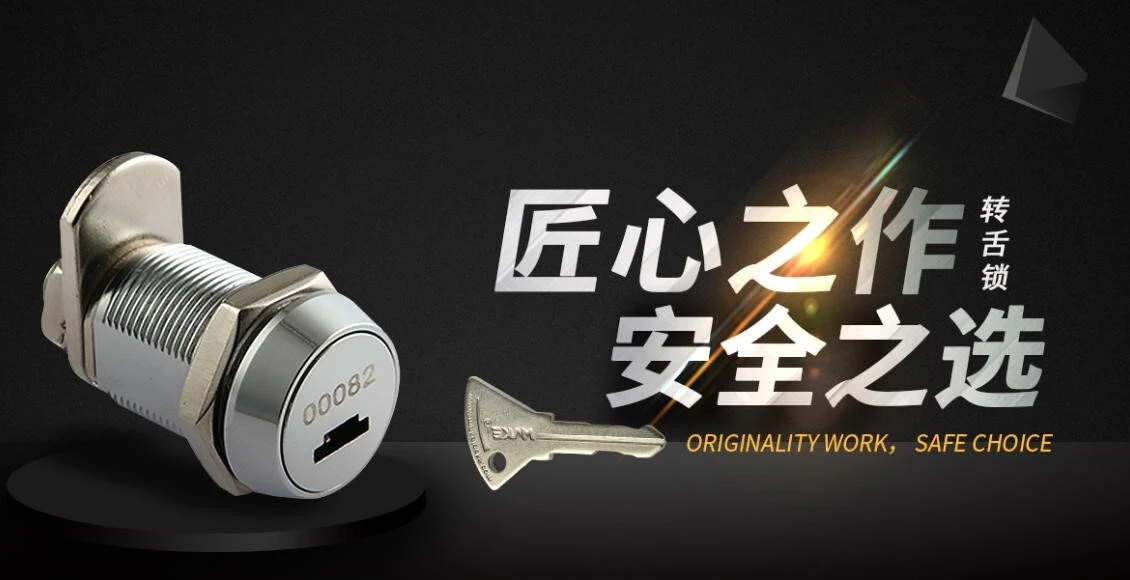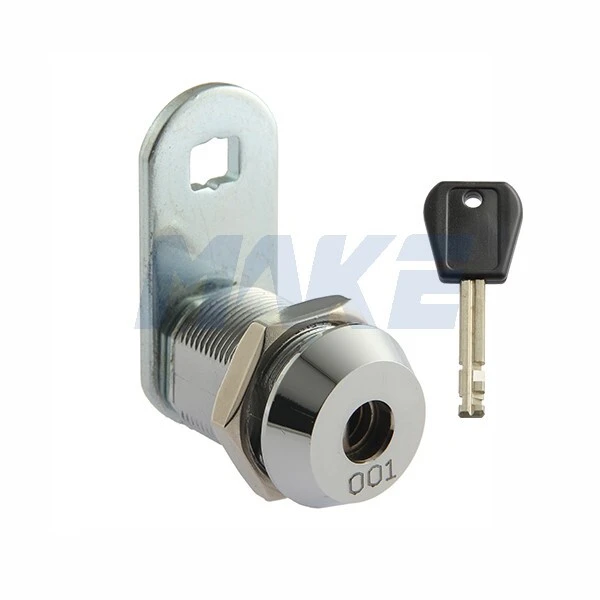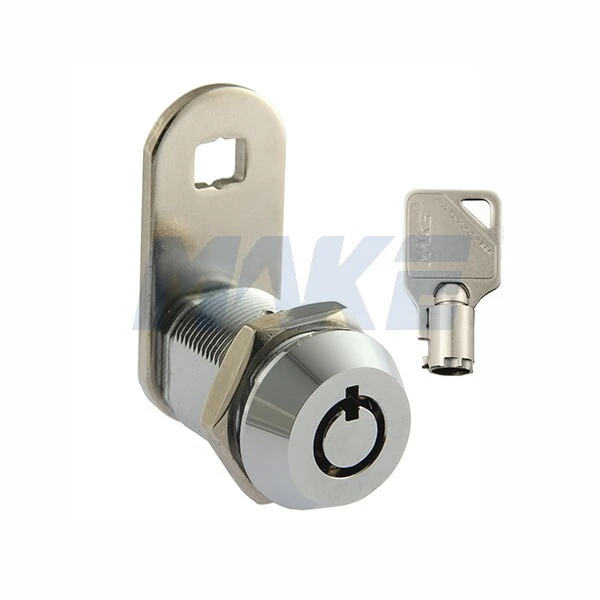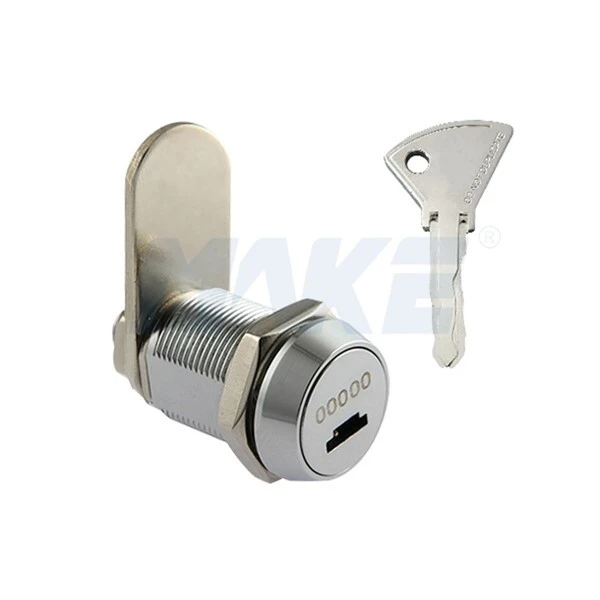Cam locks, also known as tumbler locks, are widely used mechanical locks. Cam locks mainly rely on the rotation of the cam to operate the locking mechanism, making them simple and convenient to use.

Although we are very familiar with cam locks, there are probably many related terms that many people are not familiar with. How many professional terms about cam locks do you know? Let's take a look together!
1. Confidentiality
It refers to the reliability of the lock's confidentiality performance. It is mainly determined by the structure (such as the arrangement of the pin, and the action mode of the spring).

2. Firmness
It refers to the degree of resistance to external force destruction of cam locks, mainly considering the material used in the lock.

3. Effective length
It refers to the length at which the cylinder operates, which determines whether the cam lock matches the equipment.
4. Durability
It refers to the service life of the cam lock, with two main factors: one is the stability of the structure, and the other is the material used, such as corrosion resistance and waterproofing capabilities.

5. Master key system or independent key system
Cam locks generally have two types: master key system or independent key system. Master key system means one key can open different locks, while independent key system means each lock requires a different key. Generally, locks with lower universal open rates are more secure.
6. Master key system
The master key system has the function of "one key opens multiple locks", meaning the same key can open or lock multiple cam locks, which can help us solve the problem of managing a large number of keys.
7. Key extraction
The key of the cam lock can be divided into single extraction, double extraction, or multiple extraction. Single extraction means the key can be inserted and extracted from one position; double extraction means the key can be pulled out after rotation, and multiple extractions mean keys can be pulled out in three or more positions (cam locks are generally double or single extraction).

8. Key rotation direction:
Generally, the key of the cam lock rotates clockwise, and the directions mainly include: 0° (12 o'clock direction) - 45 degrees, 0-90 degrees (3 o'clock direction), 0-180 degrees (6 o'clock direction), 0-270 degrees (9 o'clock direction); there are also left and right rotations of 270-0-90 degrees, and so on.
These are some related terms of cam locks. After reading these terms, I believe everyone will have a deeper understanding of cam locks. If you want to learn more about cam locks, please contact us!

Although we are very familiar with cam locks, there are probably many related terms that many people are not familiar with. How many professional terms about cam locks do you know? Let's take a look together!
1. Confidentiality
It refers to the reliability of the lock's confidentiality performance. It is mainly determined by the structure (such as the arrangement of the pin, and the action mode of the spring).

2. Firmness
It refers to the degree of resistance to external force destruction of cam locks, mainly considering the material used in the lock.

3. Effective length
It refers to the length at which the cylinder operates, which determines whether the cam lock matches the equipment.
4. Durability
It refers to the service life of the cam lock, with two main factors: one is the stability of the structure, and the other is the material used, such as corrosion resistance and waterproofing capabilities.

5. Master key system or independent key system
Cam locks generally have two types: master key system or independent key system. Master key system means one key can open different locks, while independent key system means each lock requires a different key. Generally, locks with lower universal open rates are more secure.
6. Master key system
The master key system has the function of "one key opens multiple locks", meaning the same key can open or lock multiple cam locks, which can help us solve the problem of managing a large number of keys.
7. Key extraction
The key of the cam lock can be divided into single extraction, double extraction, or multiple extraction. Single extraction means the key can be inserted and extracted from one position; double extraction means the key can be pulled out after rotation, and multiple extractions mean keys can be pulled out in three or more positions (cam locks are generally double or single extraction).

8. Key rotation direction:
Generally, the key of the cam lock rotates clockwise, and the directions mainly include: 0° (12 o'clock direction) - 45 degrees, 0-90 degrees (3 o'clock direction), 0-180 degrees (6 o'clock direction), 0-270 degrees (9 o'clock direction); there are also left and right rotations of 270-0-90 degrees, and so on.
These are some related terms of cam locks. After reading these terms, I believe everyone will have a deeper understanding of cam locks. If you want to learn more about cam locks, please contact us!

 Español
Español 中文
中文